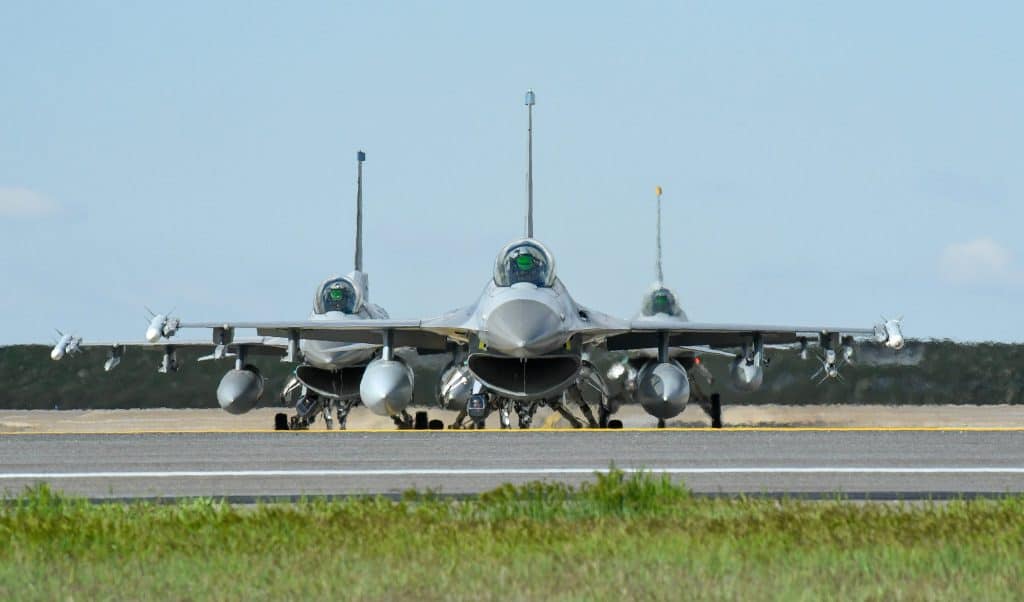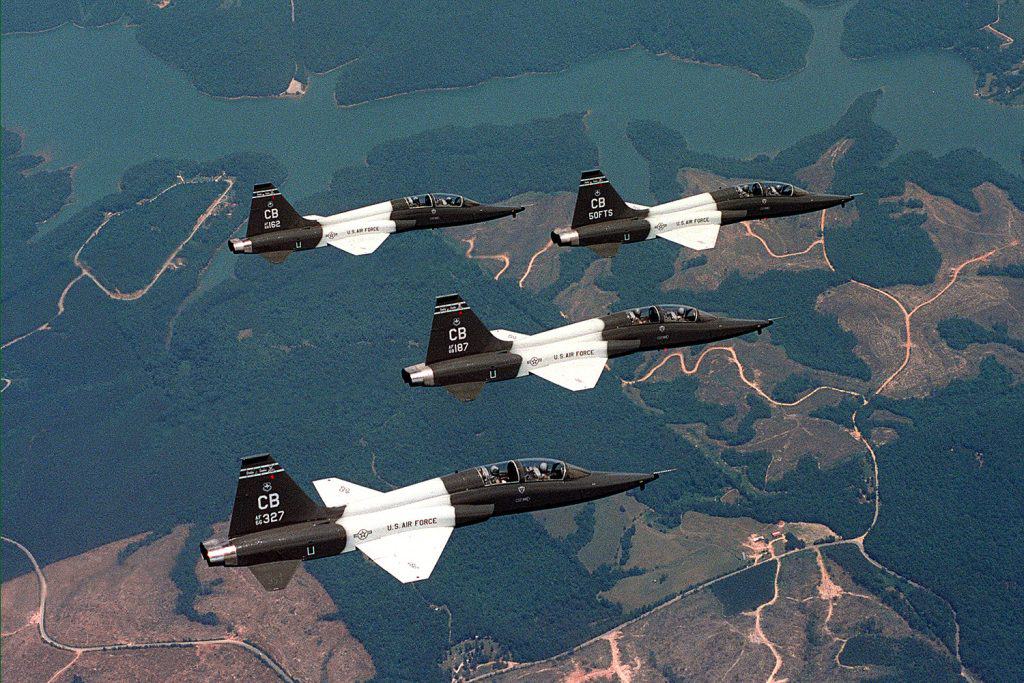Air Reserve Technician (ART) Explained

The Guard and Reserve offer a myriad of job choices for the military aviator. Of the full-time positions available, one of the options is the Air Reserve Technician, or ART. The ARC (Air Reserve Component--an easy abbreviation for Guard/Reserve) created ART positions to capture technical expertise and operational experience within ARC units to ensure combat readiness.
ARTs occupy a unique place in the Guard and Reserve world because they are both a civilian technician and a part-time traditional Reservist or Guardsman. This can seem a little strange at first, but the easiest way to think about it is using the traditional Reserve model: a citizen with a normal civilian job volunteers for the Reserves and works his/her one weekend a month plus two weeks extra per year. Take that model and change the “normal civilian job” to an ART. In essence, the government is employing you as a civilian to be a military expert. What makes you military is actually your traditional Guard/Reserve job that you do “on the side” from your ART duties.
When you are hired as an ART, you actually have to apply and in-process two jobs. The ART civilian job is managed through the federal Office of Personnel Management, or OPM. Your unit has to work with this office to get you hired by the federal government into their available technician position. Once you are hired, your technician job is a general schedule, or GS job much the same as other DoD civilians. On the military side, your unit must hire you into one of their available part-time positions. This military position actually qualifies you for your technician position--so you can’t have the civilian job without the corresponding military job.

This dual role comes with some unique benefits. Foremost, ARTs are paid to be technical experts. This means your priority is to fly and keep the squadron running. You’ll work almost a standard 9-5 workweek, utilizing a time card to account for your hours and paid accordingly. You are expected to work 80 hours every two weeks in your ART job. This generates significant stability, offers easy long term planning, and guarantees sustained income. As an ART you’ll accrue leave easily and can usually take time off when you need it. Your health insurance is covered through the Federal Employee Health Benefits (FEHB) system, so it is contracted to Blue Cross Blue Shield. For those that have experienced Tricare, you’ll know this is a perk.







